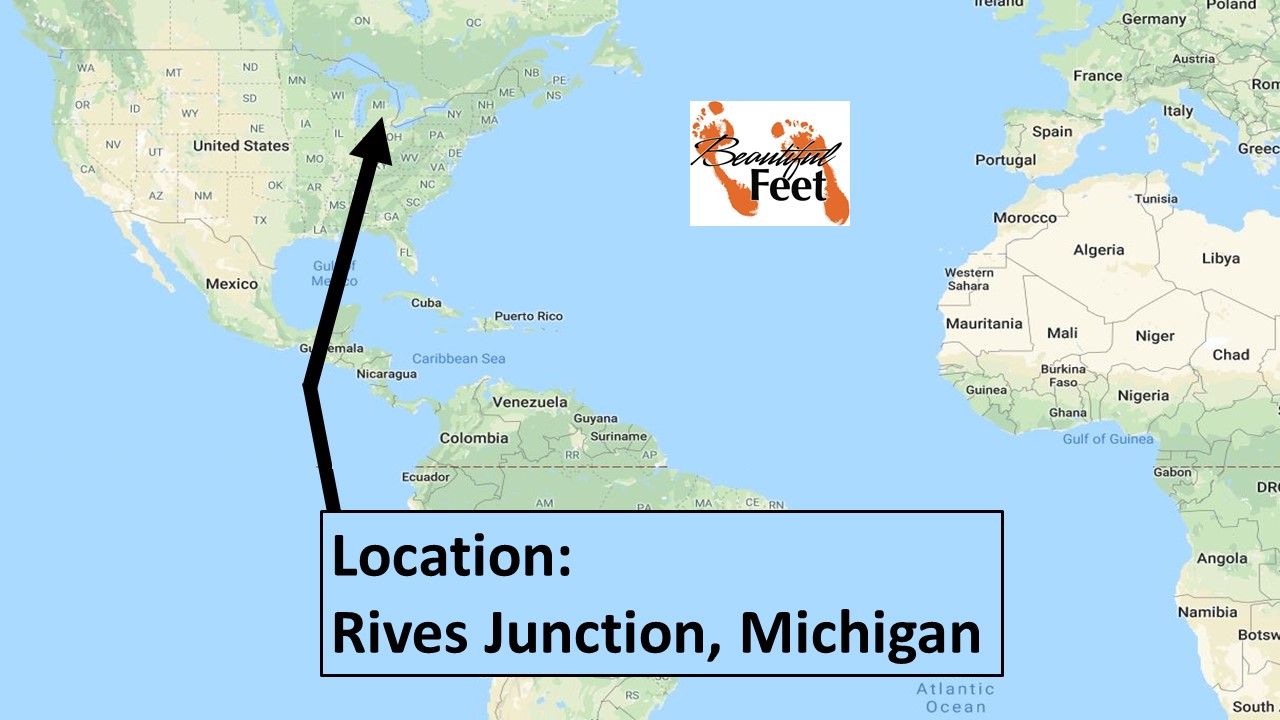
Location of the Revival
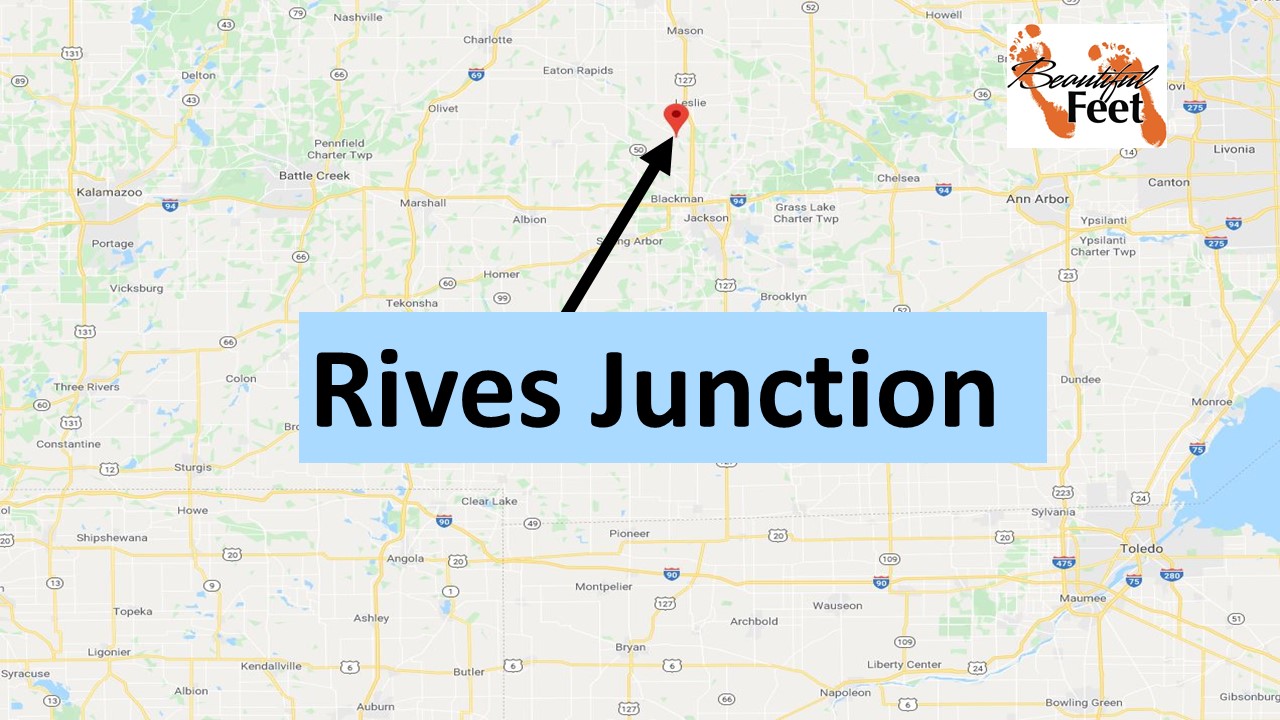
Lesson Learned from the Rives Junction Revival
Most revivals we have written about were always preceded by extraordinary prayer. The Rives Junction Revival did not follow the normal pattern. This revival teaches us that a revival affecting thousands can have its beginning with only one spark—one person who’s passion for God’s fame refuses anything but a visitation from on high. Even when the majority have little or no interest in a revival, or are despondent, the singular spark can ignite the fire that turns everything around.
The Setting for the Story
This was the era when “revival” was the buzzword throughout the United States. The Jesus Movement had been running since 1967 and had not shown signs of weakening. The Asbury Revival got its start on February 3, 1970, with its spreading impact throughout the colleges and universities throughout the United States. It was in this “revival atmosphere” that the Rives Junction Revival took place.
The twin Sutera brothers, Ralph and Lou, were at this time conducting evangelistic services in churches throughout the Midwest, and were experiencing tremendous evangelistic success, and their visit to the small community of Rives Junction became a turning point in many churches in the region.
Local Church Revival
The Rives Junction Revival was a local church revival, and though highly impactful in many hundreds of lives, it did not have the impact that corresponded with the likes of the 1857 Layman’s Prayer Revival or the 1904-05 Welsh Revival. But it can be noted that this revival was an inspirational movement that helped launch the 1971 Saskatoon Revival, in which the Sutera brothers played a major role.
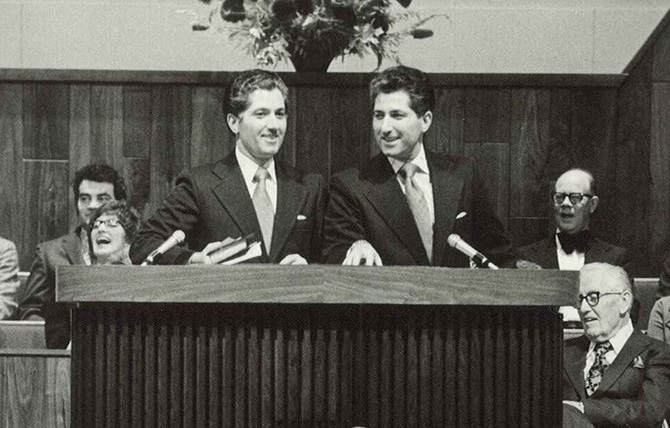
Ralph & Lou Sutera
What Happened
Unlike most revivals, the Rives Junction Revival did not begin with passionate and fervent prayer and intercession coupled with disciplined fasting and hunger for more of God. Quite the opposite, the Rives Baptist Church had just experienced a major split, with 100 people leaving to start a new congregation. The remaining 170 members were slipping into despair, with little hope that their church would even be able to exist 6 months into the future.
In the midst of this discouraging and depressive atmosphere, with the previous pastor having left, the interim pastor, Robert A. Mains, had asked the Sutera brothers to conduct services at the Rives Junction Baptist Church.
The Suteras were at that time conducting services in Three Rivers, Michigan. It was after the conclusion of a Sunday evening service, on January 10, 1971, that Mains unexpectedly crossed paths with the Suteras. Having been previously acquainted when he was serving as a missionary in the West Indies, the Suteras invited him to join them for fellowship following the service.
Mains recognized that there was an atmosphere of excitement in the Three Rivers church service, and recognizing that the convicting power of the Holy Spirit was very powerful, he knew he wanted to ask the Suteras to come to Rives Junction Baptist Church. After having presented the Suteras with the invitation, they said their schedule was full for the next two years. Undeterred, Mains replied:
I’m going to pray for a cancellation and will call you later this week.
Several days later Mains called the Suteras and discovered that there was a cancellation, and Mains immediately scheduled them for a two-week evangelistic crusade.
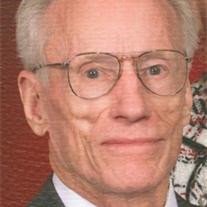
Pastor Robert A. Mains
Though Mains was excited and greatly anticipated the ministry of the Suteras, the congregation of Rives Baptist church was apathetic, and were not interested in several weeks of nightly services. The church split had taken them to a very depressing low, and it would take a lot for them to recover.
The Services Ran for 18 Days
The series of scheduled services began on Sunday, May 16, 1971, with begrudging church members—as they complained at the length of the services. Farmers said they were too busy with the planting season, and townspeople complained about having to attend church every night. Some stated they would not return to participate in the remaining revival services throughout the next two weeks.
On Monday evening, May 17, there were around 70 people present, and maybe a few more on Tuesday evening. Tuesday evening’s atmosphere was somewhat different, however, as several couples had come from Monroe, Michigan, to share their testimonies of what God had done in their lives when the Suteras where ministering there one year before.
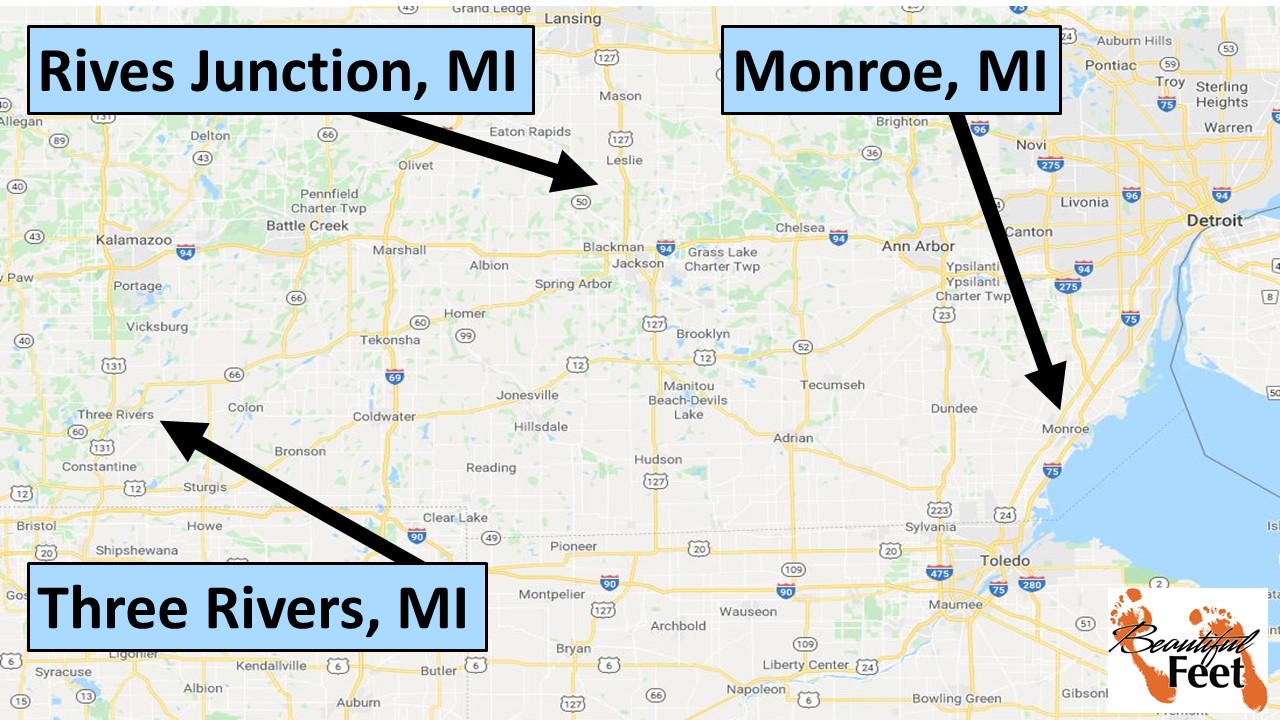
The testimonies were about God saving marriages from divorce and bitterness, and opening them up to be able to share the Good News with other people. Following the service on Tuesday night, there was a fellowship time at a person’s home where the couples took more time to share much deeper about the impact the Suteras’ ministry had on their lives the previous year.
On Thursday night, May 20, the Suteras played a tape of additional testimonies of those that experienced revival during their ministry in Monroe, MI. Following the testimonies of several people, Ralph Sutera asked the people what they thought of those testimonies. One woman responded:
I don’t know about all of you, but I don’t have that kind of joy. Maybe it doesn’t happen to Baptists!
Breakthrough
The woman’s confession of a lack of joy broke the ice jam, and many began to request prayer for their specific needs. One couple publicly confessed:
We’ve been married for five years; we quarrel almost every day.
It was following confessions like this that the people would kneel, and others would gather around to pray for them. Lives began to be transformed, and the news of the dramatic changes in people’s lives began to spread. The cycle of people confessing their needs and subsequently receiving prayer, followed by changed lives, began a chain reaction.
Prayer Following Each Service
After the closing of the nightly services, many would stay behind out of the deep desire to receive prayer and draw closer to God. Chairs would be placed in a circle with one chair in the middle. A person in need of prayer would kneel at the chair in the middle, and the others would gather around and pray for them.
Through this process of prayer many came under tremendous conviction, which led to confession and reconciliation taking place among church members who had been at odds with one another.

Ralph & Lou Sutera
Memorial Day Gathering
On Monday, May 31, 1971, 1,500 assembled—the most during the 18-day crusade.
Results of the Revival
► The Sunday morning services would continue till 3:00pm.
► On three occasions those who stayed after the evening service for prayer to draw closer to God continued all night long. Some brought sleeping bags for their children.
► One couple had planned to leave the service at midnight, but, along with 40 others, watched the sunrise together at the church.
► Unsaved husbands got saved and set free from alcoholism.
► A woman who previously was too shy to speak, even on the phone, began sharing her faith with others.
► A man, bitter over the recent church split, spent over two weeks going around confessing his faults and asking for forgiveness of those he had wronged.
► Attendance shot up to 900 in one week—in a church that would only seat 300.
► Extra prayer meetings began to take place in homes.
► Teenagers became bold in their faith, leaving some of their classmates so fearful that they told them, “Don’t pray for us”—knowing that their prayers would undoubtedly be answered.
► Marriages were saved.
► Relationships between parents and children were restored.
► Pastors in surrounding churches, who were worn out and ready to step down from the ministry, had their faith revitalized.
► The Rives Junction Baptist Church had to build a new building due to the increased attendance.
► In 1975, the attendance at the church averaged 370. That was more than twice their 1971 attendance.
► The church’s budget tripled.
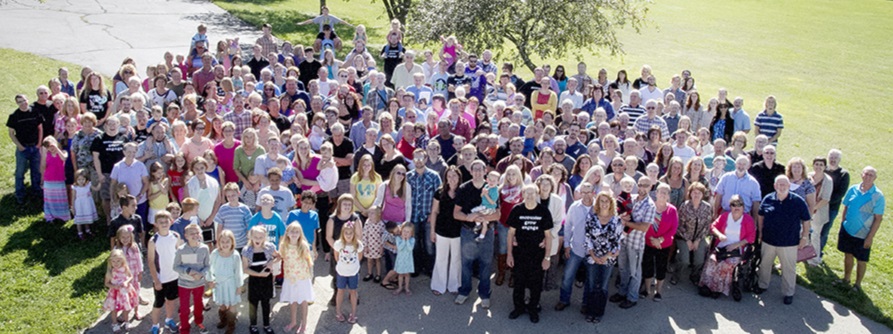
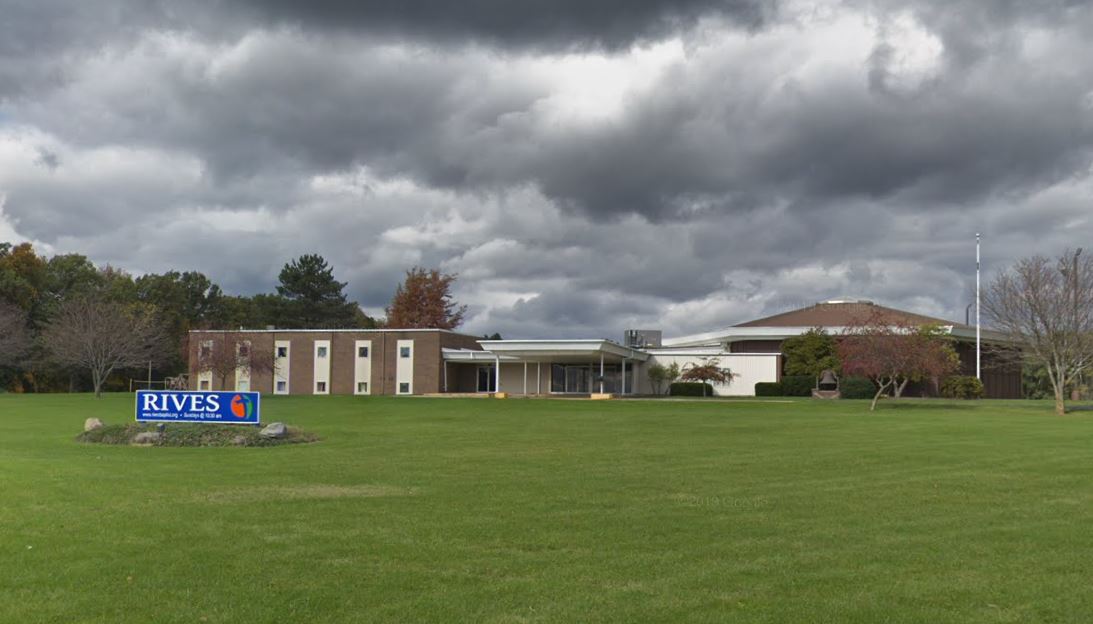
Rives Baptist Church Today
Did the Revival Atmosphere Continue?
In July the permanent pastor, Allan Jennex, arrived to replace the interim pastor, and what he found was a church on fire. Jennex commented about the condition of the congregation when he arrived in July of 1971:
Rather than having to prod my people to witness, I feel as if I have a team of broncos and my hands are full just hanging on to the reins.
The Revival Spreads
Similar to how the students during the 1970 Asbury Revival traveled throughout the United States to universities and churches, sharing what God had done, dozens of teams from Rives Junction Baptist Church did the same. One example is that on the first week of December, 1971, there were 70 members of the church, in 9 teams, that traveled to different churches throughout the region, sharing about what God had done and was doing.
With the repeated sharing of “revival stories,” it almost always resulted in those who would make commitments to Christ, as well as reviving those who had previously been apathetic in their faith.
It was recorded that there were 20 other churches that experienced a similar outpouring of the Holy Spirit, though not as large as what had happened at the Rives Baptist Church.
As the Sutera twins concluded their ministry in Rives Junction, they eventually began a new crusade on October 3 of that same year, in Saskatoon, Canada, and with it the start of the Saskatoon Revival.
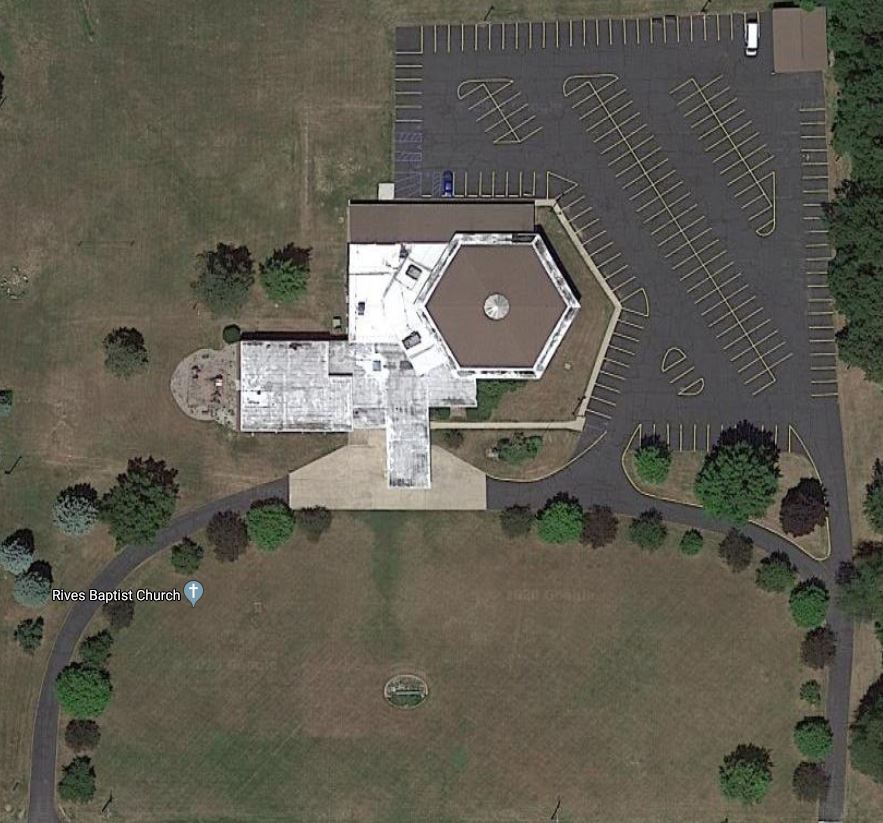
Rives Baptist Church Property Today
Sources
► Flames of Freedom by Erwin Lutzer
► 10 Greatest Revivals Ever by Elmer Towns
Return to List of Revival Stories
Chet & Phyllis Swearingen
(260) 920-8248
romans1015@outlook.com
Beautiful Feet
P.O. Box 915
Auburn, IN 46706

